Growing Figs Indoors might seem like a far-fetched dream, especially if you don’t live in a Mediterranean climate. But guess what? I’m here to tell you that with a few clever tricks and a little DIY spirit, you can absolutely enjoy the sweet, delicious taste of homegrown figs, right in your own home!
For centuries, figs have been revered across cultures – from ancient Greece, where they were a symbol of prosperity and fertility, to the Roman Empire, where they were a staple food. Imagine bringing that rich history and flavor into your own living space! But why bother with the challenge of indoor fig cultivation? Well, for many of us, it’s about extending the growing season, protecting our precious plants from harsh weather, or simply enjoying the beauty of nature year-round, regardless of our climate.
This DIY guide is your passport to successfully growing figs indoors. I’ll walk you through everything from choosing the right variety and container to providing the perfect light and watering conditions. Forget expensive greenhouses or complicated setups! I’m going to share simple, effective hacks that anyone can implement, even if you’re a complete beginner. Get ready to transform your home into a thriving fig oasis and impress your friends and family with your green thumb!
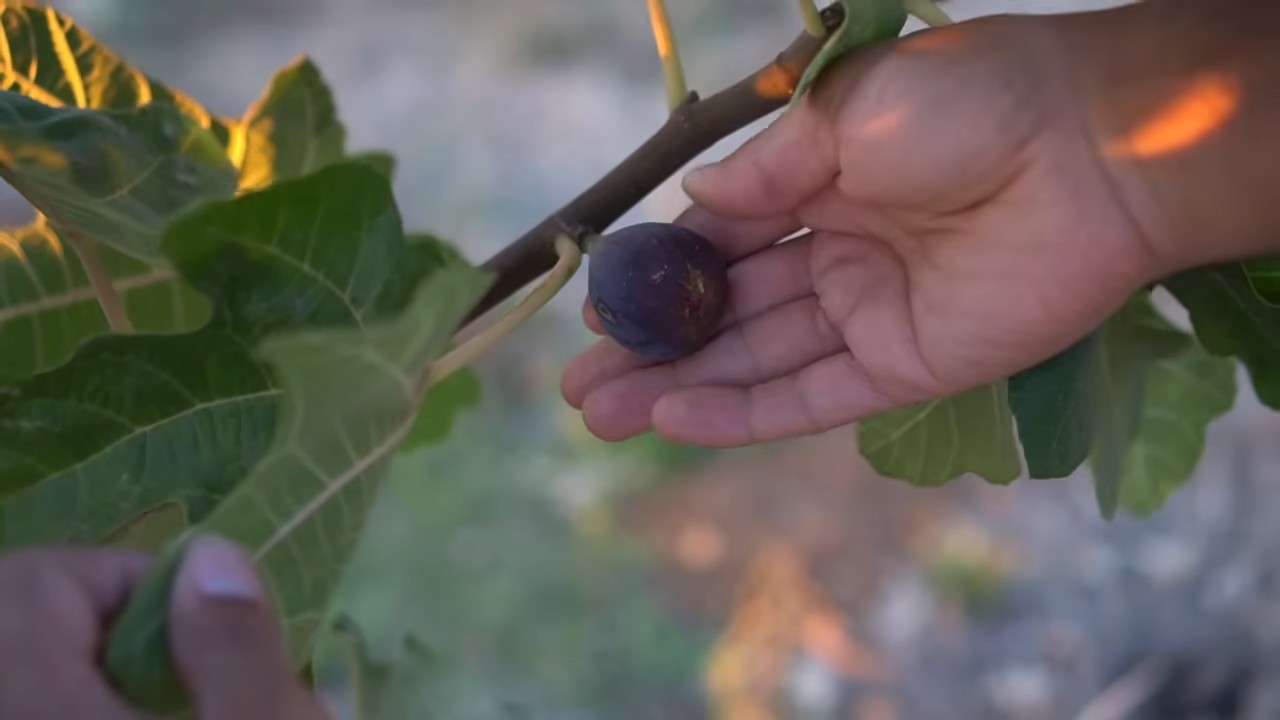
Growing Figs Indoors: Your DIY Guide for a Bountiful Harvest
Hey fig lovers! Have you ever dreamed of harvesting juicy, sweet figs directly from your own fig tree, even in the middle of winter? Then you’ve come to the right place! I’ll show you how you can successfully grow your own fig tree indoors. It’s easier than you think, I promise!
What You Need: The Right Equipment
Before we get started, let’s make sure you have everything you need. Here is a list of the things you’ll need for your indoor fig adventure:
- A fig tree seedling: Choose a variety that is suitable for growing in pots. Popular options include ‘Brown Turkey,’ ‘Celeste,’ or ‘Little Miss Figgy.’ These varieties are more compact and fruit well even in pots.
- A sufficiently large pot: The pot should be at least 30 cm (12 inches) in diameter, or even larger. Make sure it has drainage holes so excess water can run off.
- High-quality potting soil: Use a well-draining potting soil that is rich in organic matter. A mixture of potting soil, compost, and perlite is ideal.
- Plant food: A balanced liquid fertilizer for fruit trees is perfect.
- A spray bottle: For regularly moistening the leaves.
- A bright light source: A south-facing window is ideal, but a grow light can also work wonders.
- Garden shears: For pruning the tree.
- Gloves: To keep your hands clean.
- Optional: A moisture meter to monitor the soil moisture.
Step-by-Step Guide: Your Fig Tree Project
Now that we have everything, we can start with the actual planting. Follow these steps to successfully grow your fig tree indoors:
1. Prepare the Pot:
- Place a layer of clay shards or pebbles at the bottom of the pot. This improves drainage and prevents waterlogging.
- Fill the pot with the potting soil mixture. Leave about 5 cm (2 inches) of space at the top of the pot.
2. Plant the Fig Tree:
- Carefully remove the fig tree seedling from its original pot. Gently loosen the roots if they are tightly bound.
- Place the seedling in the center of the prepared pot. The top of the root ball should be roughly level with the surface of the potting soil.
- Fill the pot with soil and press it down lightly.
3. Watering:
- Water the fig tree thoroughly until water runs out of the drainage holes. This ensures that the soil is well-moistened.
4. Choose a Location:
- Place the fig tree in a bright location. A south-facing window is ideal as it gets the most sun. If you don’t have a south-facing window, use a grow light to give the tree sufficient light.
5. Care:
- Watering: Water the fig tree regularly, but avoid waterlogging. The soil should be moist, but not wet. Check the soil moisture with your finger or a moisture meter.
- Fertilizing: During the growing season (spring and summer), fertilize the fig tree every two weeks with a balanced liquid fertilizer. In fall and winter, reduce fertilizing to once a month or stop it altogether.
- Pruning: Prune the fig tree in late winter or early spring before new growth begins. Remove dead or damaged branches and shorten long shoots to maintain the tree’s shape. Pruning also encourages fruit production.
- Humidity: Fig trees prefer high humidity. Spray the leaves regularly with water, especially in winter when the heating makes the air dry. You can also place a tray of water near the tree or use a humidifier.
- Pests: Watch out for pests like spider mites, aphids, or mealybugs. Check the tree regularly and treat it with a suitable insecticide or a mixture of water and dish soap if necessary.
Overwintering: Your Fig Tree’s Hibernation
In winter, your fig tree will enter a dormant period. This is completely normal and important for its health and fruit production. Here’s how to prepare your tree for winter:
- Reduce watering: Water the tree less frequently, as it needs less water in winter. The soil should be slightly moist, but not wet.
- Stop fertilizing: Do not fertilize the tree in winter.
- Cool location: Move the tree to a cooler location, ideally at temperatures between 5 and 10 degrees Celsius (41-50°F). An unheated room, a garage, or a basement are good options.
- Light: The tree still needs some light in winter. Place it in a bright location or use a grow light.
- Leaf drop: It’s normal for the fig tree to lose its leaves in winter. Don’t panic! This is a sign that it is entering its dormant phase.
- Pruning (optional): Winter is a good time to prune the tree. Remove dead or damaged branches and shorten long shoots.
The Harvest: The Reward for Your Effort
After you have lovingly cared for your fig tree, it’s finally time for the harvest!
- Recognizing ripeness: Figs are ripe when they are soft and yield slightly when you touch them. The color of the figs depends on the variety.
- Harvesting: Gently pick the ripe figs from the tree.
- Enjoying: Enjoy your homegrown figs fresh from the tree or use them in your favorite recipes.
Common Problems and Solutions
Even when growing fig trees indoors, problems can occur. Here are some common problems and how you can solve them:
- Leaf drop: Leaf drop can have various causes, such as too little light, too much water, too little water, or pests. Check the conditions and adjust accordingly.
- No fruit: If your fig tree is not producing fruit, it could be due to too little light, not enough fertilizer, or improper pruning. Make sure the tree receives enough light and nutrients and prune it correctly.
- Pests: Pests can be a major problem. Check the tree regularly and treat it with a suitable insecticide if necessary.
- Waterlogging: Waterlogging can lead to root rot. Make sure the pot has drainage holes and do not water the tree too much.
Additional Tips for a Successful Fig Harvest
- Pollination: Some fig varieties require pollination to bear fruit. If you have a variety that needs pollination, you can hand-pollinate the flowers. Use a small brush to transfer the pollen from one flower to another.
- Rotation: Rotate the pot regularly so that the tree gets even light.
- Repotting: Repot the fig tree into a larger pot every few years to give it more space to grow.
- Patience: Be patient! It can take some time for your fig tree to bear fruit. But the effort is worth it!
I hope this guide helps you to successfully grow your own fig tree.
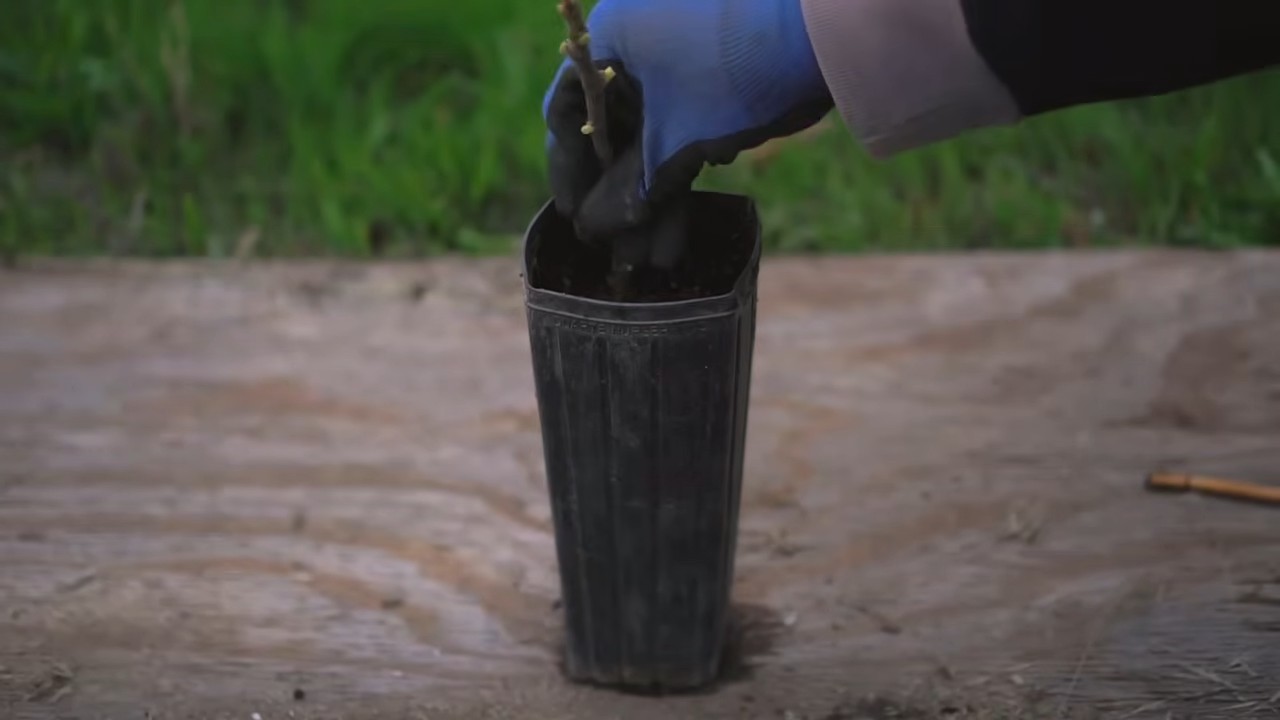
Conclusion
So, there you have it! Growing figs indoors might seem like a daunting task, reserved for seasoned horticulturalists, but with a little know-how and the right approach, you can absolutely enjoy the sweet, delectable taste of homegrown figs right from the comfort of your own home. This DIY method isn’t just about saving money; it’s about connecting with nature, understanding the life cycle of a plant, and experiencing the immense satisfaction of nurturing something from a small sapling to a fruit-bearing beauty.
Why is this DIY trick a must-try? Because it empowers you to control the growing environment, mitigating the risks associated with unpredictable outdoor weather. You can tailor the light, humidity, and temperature to perfectly suit your fig tree’s needs, maximizing its potential for fruit production. Plus, imagine the bragging rights! Serving guests figs you’ve personally grown – that’s a conversation starter right there.
But the benefits extend beyond the tangible. The process of caring for a fig tree is incredibly therapeutic. It’s a mindful activity that encourages patience, observation, and a deeper appreciation for the natural world. In our fast-paced, technology-driven lives, taking the time to nurture a plant can be a grounding and rewarding experience.
Now, let’s talk variations. While the method we’ve outlined provides a solid foundation, feel free to experiment! Try different fig varieties known for their suitability to indoor growing, such as the ‘Brown Turkey’ or ‘Ficus carica ‘Little Miss Figgy’. Consider using different types of potting mixes to see which one your fig tree thrives in. Some growers swear by adding perlite or vermiculite to improve drainage, while others prefer a more organic blend.
Another exciting variation is exploring different training techniques. You can prune your fig tree to maintain a compact size and shape, or even try espaliering it against a wall or trellis for a visually stunning display. The possibilities are endless!
Ultimately, the key to success with growing figs indoors is observation and adaptation. Pay close attention to your fig tree’s needs, and don’t be afraid to adjust your approach as needed. If the leaves start to yellow, it might be a sign of overwatering or nutrient deficiency. If the fruit isn’t ripening properly, it could be due to insufficient light. The more you learn about your fig tree, the better equipped you’ll be to provide it with the optimal growing conditions.
We wholeheartedly encourage you to give this DIY trick a try. It’s an investment in your well-being, your home, and your taste buds. And most importantly, share your experience! We want to hear about your successes, your challenges, and your unique approaches to growing figs indoors. Post pictures of your fig trees, share your tips and tricks, and connect with other fig enthusiasts. Together, we can create a thriving community of indoor fig growers. So, grab your gardening gloves, get your hands dirty, and embark on this exciting journey of growing figs indoors. You won’t regret it!
FAQ
What are the best fig varieties for growing indoors?
Several fig varieties are well-suited for indoor cultivation due to their compact size and ability to fruit in containers. Some popular choices include:
* **’Brown Turkey’:** This is a reliable and productive variety that produces medium-sized, brownish-purple figs with a sweet flavor. It’s known for its adaptability and tolerance of different growing conditions.
* **’Ficus carica ‘Little Miss Figgy”:** As the name suggests, this is a dwarf variety that’s perfect for small spaces. It produces small to medium-sized, reddish-brown figs with a rich, sweet taste.
* **’Black Mission’:** This variety produces dark purple to black figs with a rich, intense flavor. It’s a popular choice for drying and preserving.
* **’Celeste’:** This is a cold-hardy variety that produces small, light brown figs with a delicate flavor. It’s a good option for growers in cooler climates.
* **’Kadota’:** This variety produces greenish-yellow figs with a thick skin and a mild, slightly tart flavor. It’s often used for canning and preserving.
When choosing a fig variety, consider your growing space, climate, and personal preferences. Research the specific needs of each variety to ensure that you can provide it with the optimal growing conditions.
How much sunlight does my indoor fig tree need?
Fig trees require a significant amount of sunlight to thrive and produce fruit. Ideally, they should receive at least 6-8 hours of direct sunlight per day. If you don’t have a sunny window, you can supplement with grow lights. Position the grow lights about 12-18 inches above the fig tree and use a full-spectrum bulb to provide the necessary light for photosynthesis. Rotate the tree regularly to ensure that all sides receive adequate light.
What type of potting mix should I use for my indoor fig tree?
The ideal potting mix for an indoor fig tree should be well-draining and nutrient-rich. A good option is a mix of equal parts potting soil, perlite, and compost. The potting soil provides a base for the roots to grow in, the perlite improves drainage and aeration, and the compost adds essential nutrients. Avoid using heavy, clay-based soils, as they can retain too much moisture and lead to root rot.
How often should I water my indoor fig tree?
Water your fig tree when the top inch of soil feels dry to the touch. Water thoroughly until excess water drains out of the bottom of the pot. Avoid overwatering, as this can lead to root rot. During the dormant season (winter), reduce watering frequency.
How often should I fertilize my indoor fig tree?
Fertilize your fig tree every 2-4 weeks during the growing season (spring and summer) with a balanced liquid fertilizer. Follow the instructions on the fertilizer label. Reduce or stop fertilizing during the dormant season.
How do I prune my indoor fig tree?
Pruning is essential for maintaining the shape and size of your indoor fig tree and promoting fruit production. Prune in late winter or early spring, before new growth begins. Remove any dead, damaged, or crossing branches. You can also prune to shape the tree and encourage branching.
How do I deal with pests and diseases on my indoor fig tree?
Inspect your fig tree regularly for pests and diseases. Common pests include spider mites, aphids, and scale. Treat infestations with insecticidal soap or neem oil. Common diseases include leaf spot and root rot. Prevent diseases by providing good air circulation and avoiding overwatering.
Why is my fig tree dropping its leaves?
Leaf drop can be caused by several factors, including:
* **Overwatering or underwatering:** Adjust your watering schedule as needed.
* **Insufficient light:** Move your fig tree to a sunnier location or supplement with grow lights.
* **Sudden changes in temperature or humidity:** Maintain a stable environment for your fig tree.
* **Pest or disease infestation:** Treat any infestations promptly.
* **Dormancy:** Leaf drop is normal during the dormant season.
How long does it take for an indoor fig tree to produce fruit?
It can take several years for a fig tree to start producing fruit, depending on the variety and growing conditions. Some varieties may start producing fruit within a year or two, while others may take longer. Be patient and provide your fig tree with the best possible care, and you’ll eventually be rewarded with delicious homegrown figs.
Can I move my indoor fig tree outdoors during the summer?
Yes, you can move your indoor fig tree outdoors during the summer, but it’s important to acclimate it gradually to the outdoor environment. Start by placing it in a shady spot for a few hours each day, gradually increasing the amount of sunlight it receives. Bring it back indoors before the first frost.

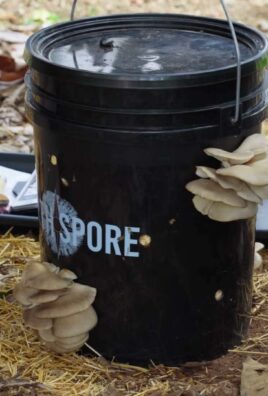
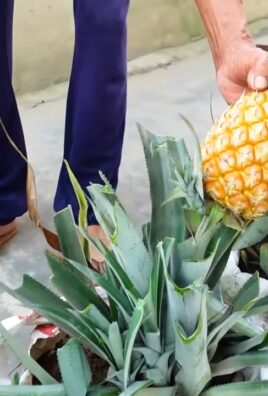
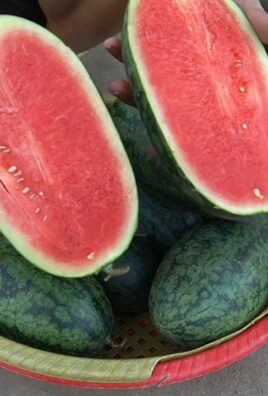
Leave a Comment